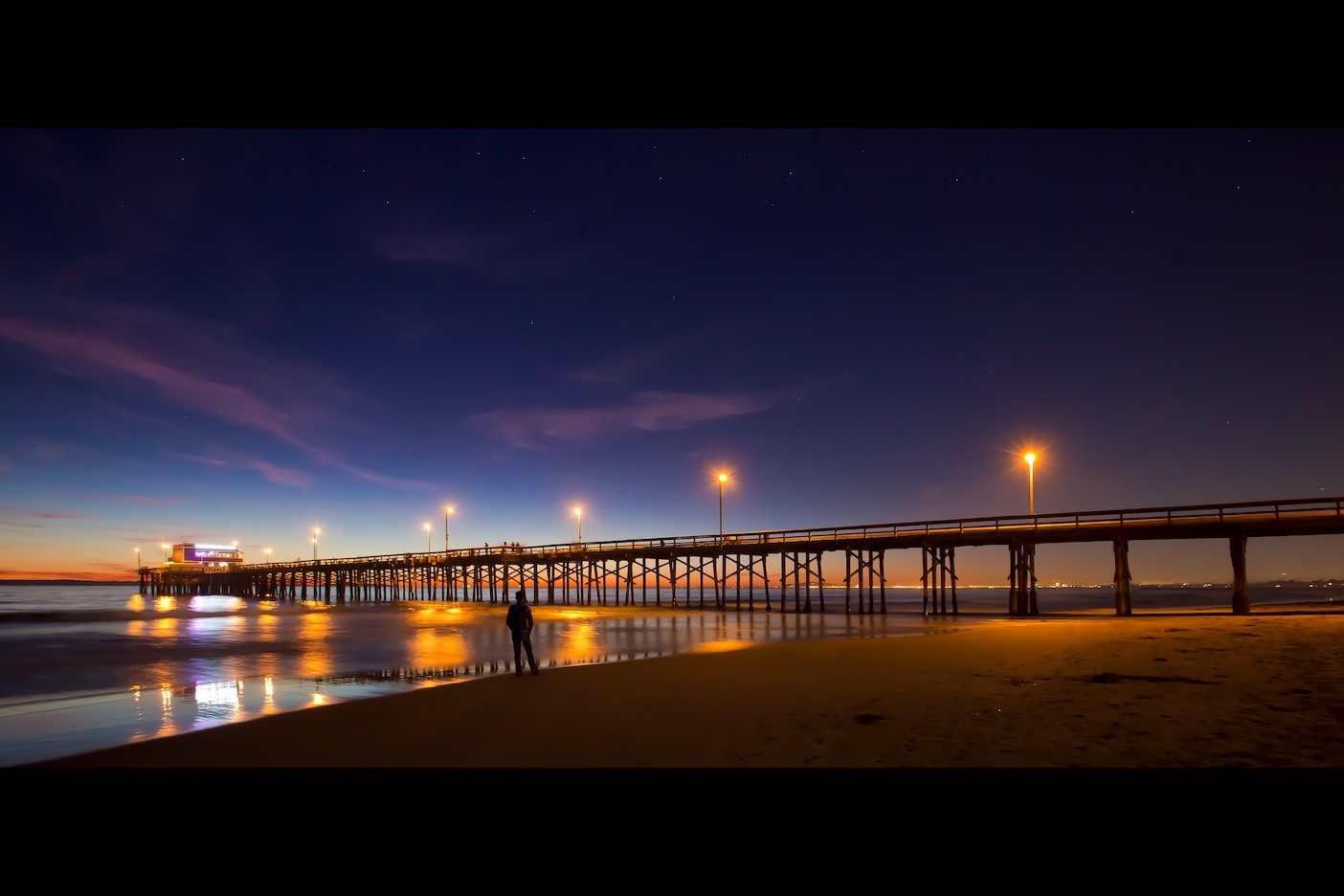Atami
Our hotel in Atami was on the eastern coast. Where we live in California, you can watch the sun set over the ocean every day if you want to, but here the sun rises over the ocean, which is a little bit different.
These photos are from the balcony of our room. If you look closely, you can see the United States in the background. It looks very small from this far away.
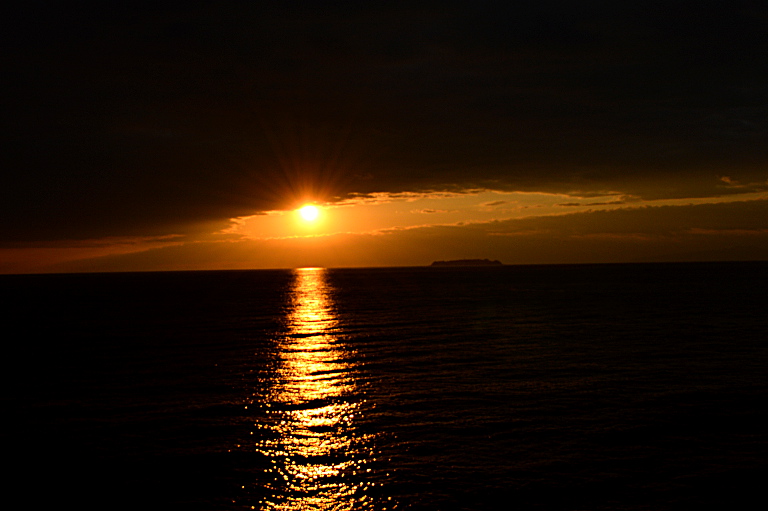
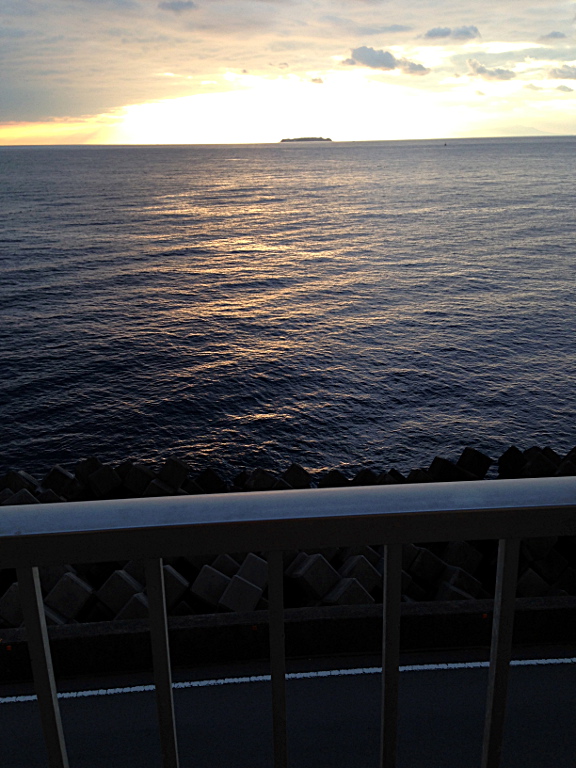
Lake Ashi
We started the day on a sightseeing boat at Lake Ashi:

Owakudani
Owakudani (lit. “Great Boiling Valley”) is a volcanic valley with active sulphur vents and hot springs in Hakone, Kanagawa Prefecture, Japan. It is a popular tourist site for its scenic views, volcanic activity, and especially, Kuro-tamago (lit. “black egg”) — a local specialty of eggs hard-boiled in the hot springs. The boiled eggs turn black and smell slightly sulphuric; consuming the eggs is said to increase longevity. Eating one is said to add seven years to your life. You may eat up to two and a half for up to seventeen and a half years, but eating a whole third is said to be highly unadvised.
Owakudani is accessible via the Hakone Ropeway. In the States, we’d call this a tramway. I swear to god when I heard “ropeway” I thought we were going to have to pull ourselves up the mountain with a rope.
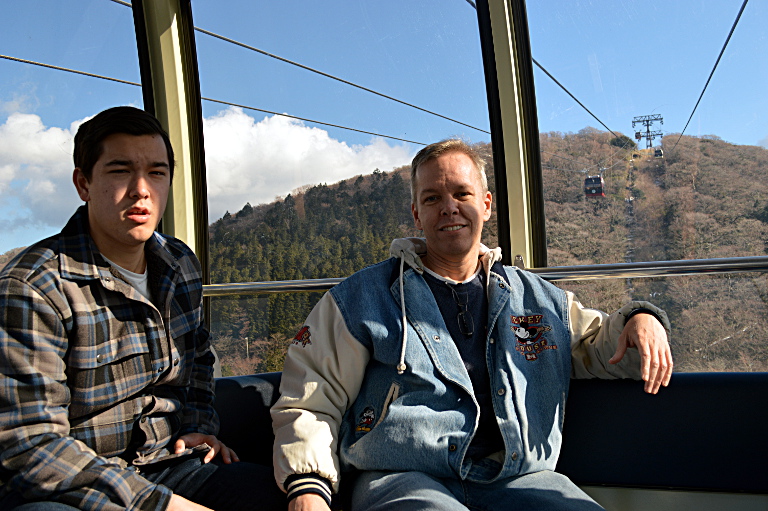
Our guide is on the right:
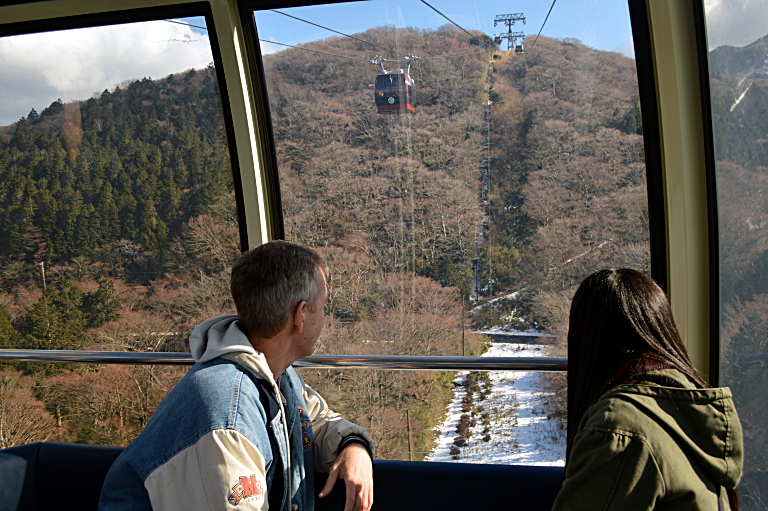
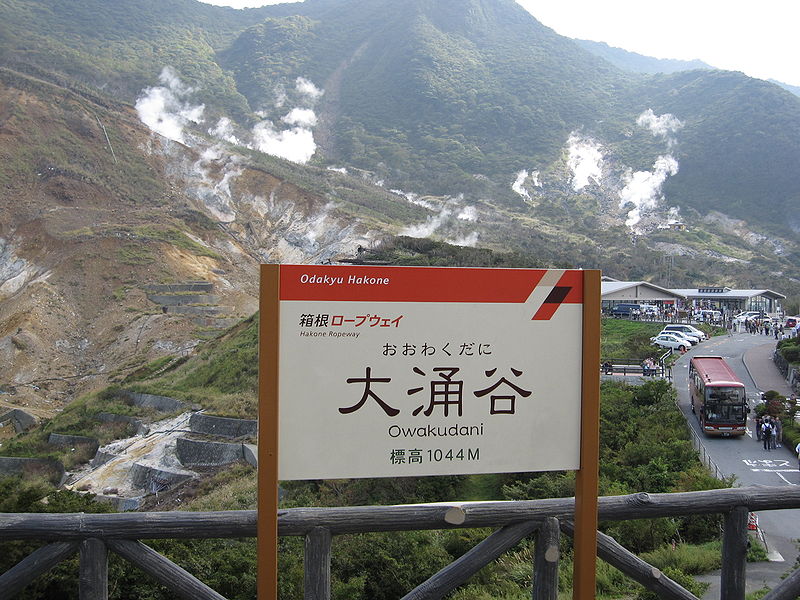
See the large buildings at the bottom of the photo below? Look up a bit from the one on the right and you’ll see the stand where the black eggs are cooked up and sold. It’s a short hike up the mountain.
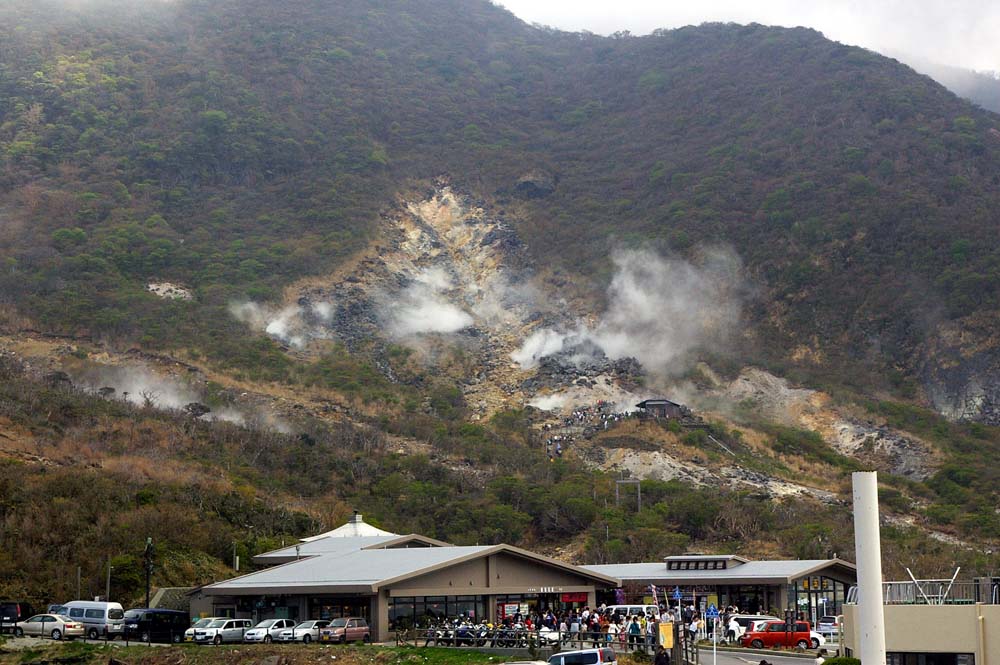

We ate some black eggs:

They also have black ice cream:

Mount Fuji
Mount Fuji (Fujisan), located on Honshu Island, is the highest mountain in Japan at 3,776.24 m (12,389 ft). An active stratovolcano that last erupted in 1707–08, Mount Fuji lies about 100 kilometres (60 mi) south-west of Tokyo, and can be seen from there on a clear day. Mount Fuji’s exceptionally symmetrical cone, which is snow-capped several months a year, is a well-known symbol of Japan and it is frequently depicted in art and photographs, as well as visited by sightseers and climbers. It is one of Japan’s “Three Holy Mountains” (Sanreizan) along with Mount Tate and Mount Haku; it is a Special Place of Scenic Beauty, a Historic Site, and was added to the World Heritage List as a Cultural Site on June 22nd, 2013.
As per UNESCO, Mount Fuji has “inspired artists and poets and been the object of pilgrimage for centuries.”
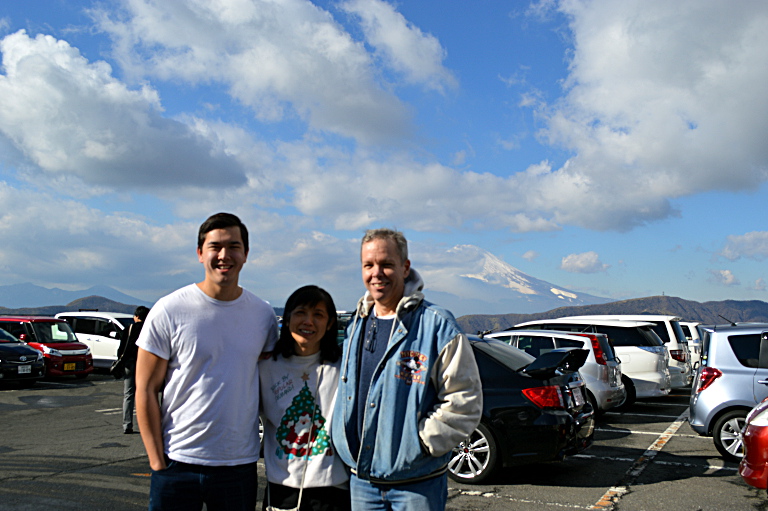
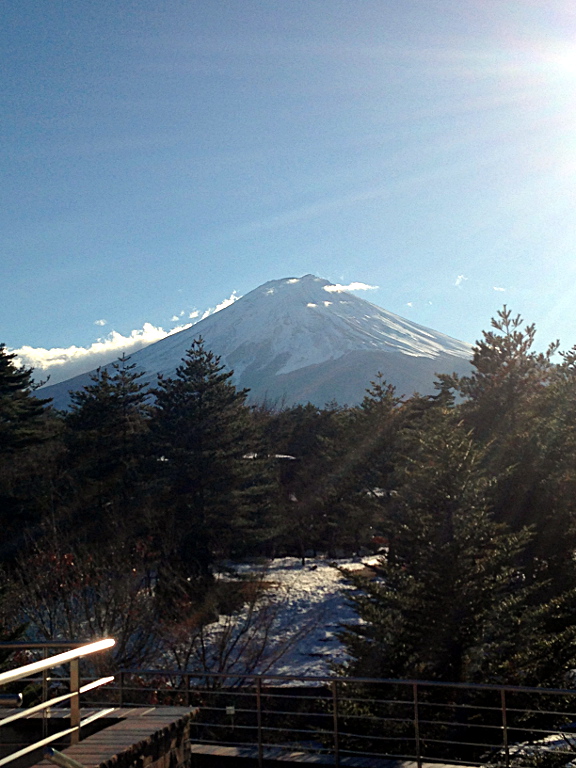
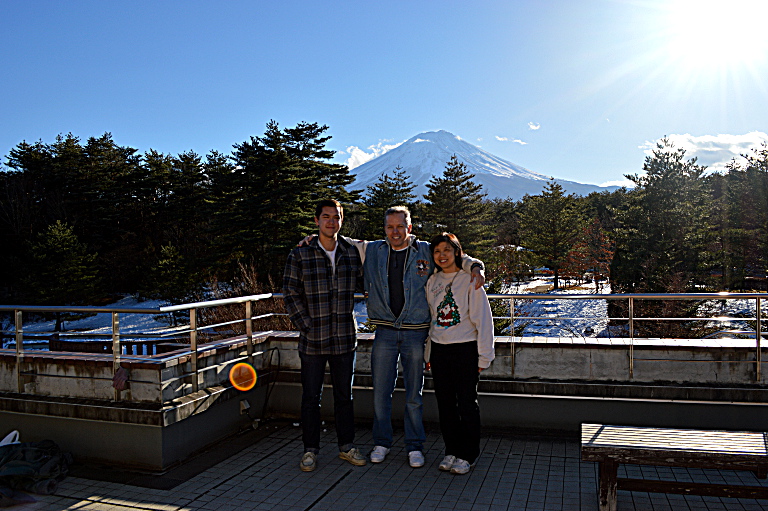
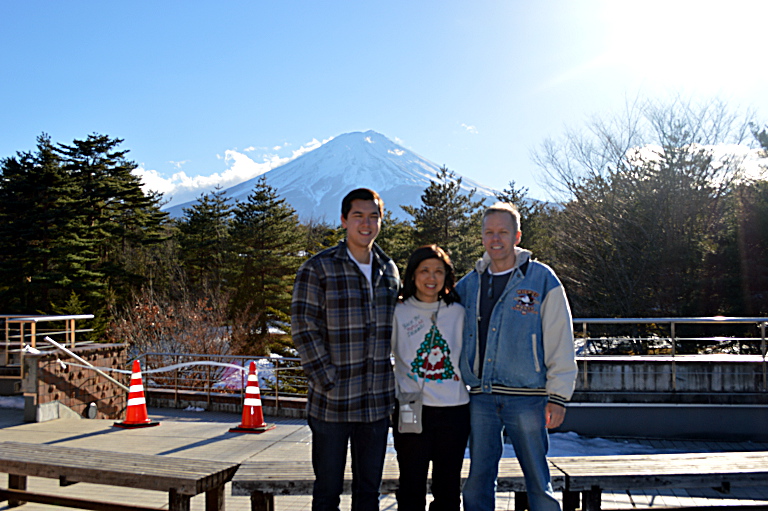
At the Mount Fuji Visitor Center, you can fold an origami Mount Fuji to commemorate your visit:
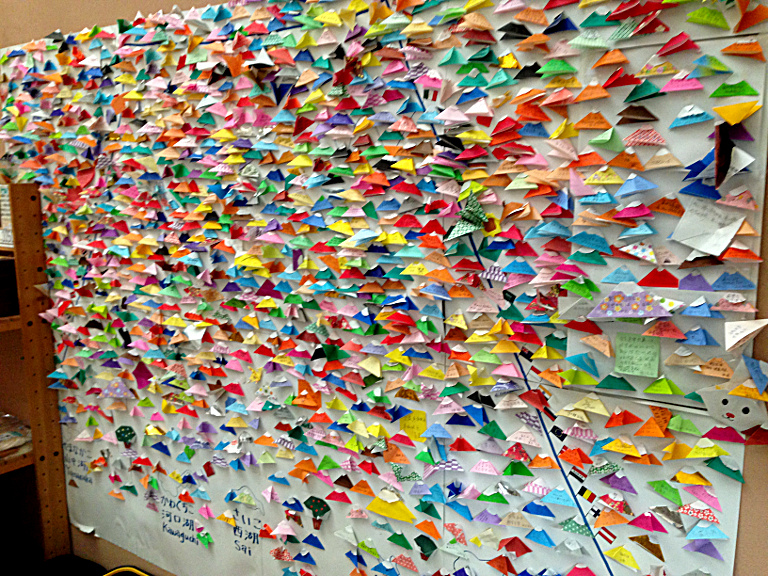
The yellow one is mine:

Shinjuku
Shinjuku (Shinjuku-ku, “New Lodge”) is a special ward located in Tokyo Metropolis, Japan. It is a major commercial and administrative centre, housing the busiest train station in the world (Shinjuku Station) and the Tokyo Metropolitan Government Building, the administration centre for the government of Tokyo. As of 2008, the ward has an estimated population of 312,418 and a population density of 17,140 people per km2. The total area is 18.23 km2.
The Tokyo Metropolitan Government Building is 48 stories tall, and splits into two sections at the 33rd floor.
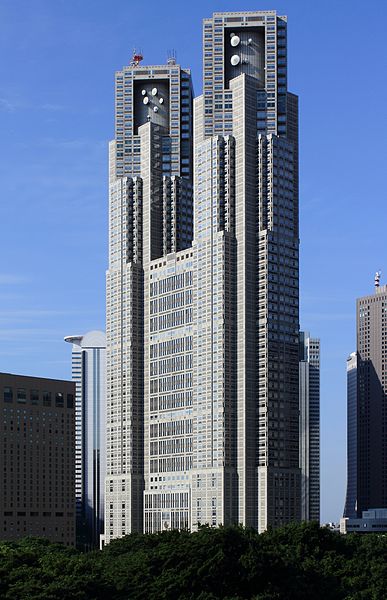
The 45th floor of each tower has a panoramic observation deck. It was late afternoon when we got up there.


